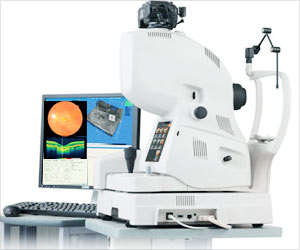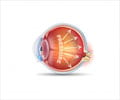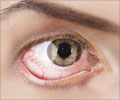In patients with glaucoma, the predictor of laser treatment success was predicted. More than 70 million people worldwide suffer from glaucoma, a condition that causes a build-up of fluid and pressure inside the eye and can eventually lead to blindness.

‘Glaucoma patients with the highest pressure were found to benefit from a noninvasive treatment called selective laser trabeculoplasty (SLT). ’





"There's been a lack of evidence about how well SLT works, how safe it is and the ideal candidate," said senior author Jella An, MD, an assistant professor of ophthalmology and a fellowship-trained glaucoma specialist at MU Health Care's Mason Eye Institute. "Because so little is known about SLT, there is a lot of apprehension among specialists about using it as a first-line treatment for glaucoma. Our research findings have helped me redefine the ideal patient for this procedure." An's research team reviewed 252 SLT procedures on 198 adult patients with open-angle glaucoma to determine what percentage of these surgeries achieved a 20% or greater reduction in intraocular pressure (IOP). Two months after surgery, 33.6% of patients met success criteria. At the six-month mark, 38.5% achieved the threshold. The researchers discovered patients with a higher baseline IOP had larger reductions in pressure.
Age, type and severity of glaucoma did not significantly predict a successful outcome. In addition, less than 5% of patients studied experienced the most common adverse event of an IOP spike after the procedure.
"This study really increased my comfort level to offer SLT as a primary therapy," An said. "Prior to this research, I would prescribe these patients multiple medications, creating the possibility of side effects and poor adherence, which could lead to disease progression. Now I offer this laser first if they are a good candidate because of its safety profile. If it doesn't work, we can always move forward with other options."
In addition to An, the study's lead author was MU School of Medicine ophthalmology resident Matthew Hirabayashi, MD. Vikram Ponnusamy, MD, a recent graduate of MU School of Medicine, also contributed to the findings.
Advertisement













